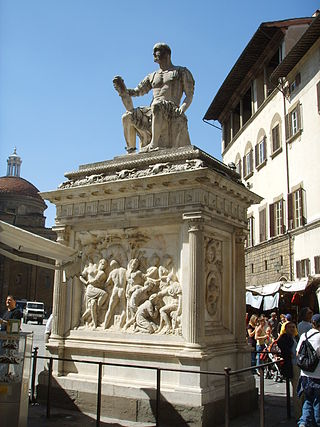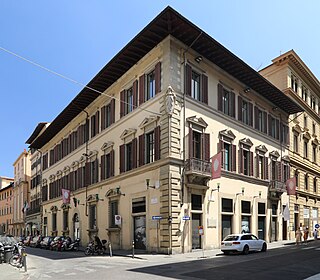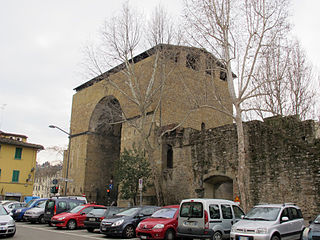17 Sights in Scandicci, Italy (with Map and Images)
Legend
Welcome to your journey through the most beautiful sights in Scandicci, Italy! Whether you want to discover the city's historical treasures or experience its modern highlights, you'll find everything your heart desires here. Be inspired by our selection and plan your unforgettable adventure in Scandicci. Dive into the diversity of this fascinating city and discover everything it has to offer.
Sightseeing Tours in Scandicci1. Florence Baptistery of St. John
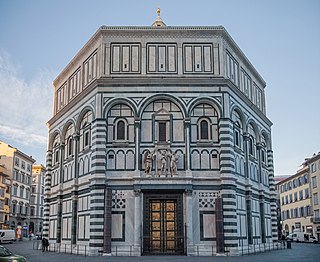
The Florence Baptistery, also known as the Baptistery of Saint John, is a religious building in Florence, Italy, and has the status of a minor basilica. The octagonal baptistery stands in both the Piazza del Duomo and the Piazza San Giovanni, across from Florence Cathedral and the Campanile di Giotto.
2. Basilica Santa Maria Novella
Santa Maria Novella is a church in Florence, Italy, situated opposite, and lending its name to, the city's main railway station. Chronologically, it is the first great basilica in Florence, and is the city's principal Dominican church.
3. Basilica di San Lorenzo
The Basilica di San Lorenzo is one of the largest churches of Florence, Italy, situated at the centre of the main market district of the city, and it is the burial place of all the principal members of the Medici family from Cosimo il Vecchio to Cosimo III. It is one of several churches that claim to be the oldest in Florence, having been consecrated in 393 AD, at which time it stood outside the city walls. For three hundred years it was the city's cathedral, before the official seat of the bishop was transferred to Santa Reparata.
4. Medici Chapel
The Medici Chapels are two chapels built between the 16th and 17th centuries as an extension to the Basilica of San Lorenzo, in the Italian city of Florence. They are the Sagrestia Nuova, designed by Michelangelo, and the larger Cappella dei Principi, a collaboration between the Medici family and architects. The purpose of the chapels was to celebrate the Medici family, patrons of the church and Grand Dukes of Tuscany.
5. Colonna di San Zanobi
In Florence there are some columns erected over the centuries as urban decoration and testimony of various vicissitudes. There are not as many as in Rome, for example, but each one is linked to a particular event, real or legendary, in the city's history.
6. Ognissanti
The chiesa di San Salvatore di Ognissanti, or more simply chiesa di Ognissanti, is a Franciscan church located on the piazza of the same name in central Florence, region of Tuscany, Italy. Founded by the lay order of the Umiliati, the church was dedicated to all the saints and martyrs, known and unknown.
7. Museo Paleontologico Scienza della Terra del Gamps
The Paleontological Museum of Earth Science of the Gamps in Scandicci, inaugurated in 2001, collects and exhibits not only a collection of minerals, but also a vast repertoire of fossils from the lands of Tuscany, a typical example of the rich biodiversity that characterized this region during the Pliocene. The collection is located in Piazza Vittorio Veneto, 1 in Badia a Settimo.
8. Chiesa di Santa Maria al Pignone
The church of Santa Maria al Pignone is a Catholic place of worship in Florence located in the square of the same name, between Via Felice Cavallotti and Via della Fonderia, and today represents one of the few aggregation spaces in the Florentine district of Pignone, located west of San Frediano in the Oltrarno area. The name of the suburb derives from an ancient wall structure for the mooring of boats that traveled the Arno, called "pigna".
9. Teatro Comunale
The Teatro Comunale di Firenze is an opera house in Florence, Italy. It was originally built as the open-air amphitheatre, the Politeama Fiorentino Vittorio Emanuele, which was inaugurated on 17 May 1862 with a production of Donizetti's Lucia di Lammermoor and which seated 6,000 people. It became the focus on cultural life in the city. After closure caused by fire, it reopened in April 1864 and acquired a roof in 1882. By 1911 it had both electricity and heating.
10. Monumento a Garibaldi
The Monument to Giuseppe Garibaldi is a sculpture celebrating Florence, located on the Lungarno Amerigo Vespucci in the widening between Villa Favard and Palazzo Calcagnini Arese. Made of bronze, cast in 1890 by the sculptor Cesare Zocchi, placed on a high stone pedestal.
11. San Paolino
San Paolo Apostolo, more commonly known as San Paolino, is a Romanesque-style, Roman Catholic church and convent located in Via di S. Paolino #8, in central Florence, region of Tuscany, Italy. The church is near the Church of the Ognissanti.
12. Museo Marino Marini (Chiesa di San Pancrazio)
Marino Marini (1901–1980) was one of the most important Italian artists of the twentieth century, especially as a sculptor. He was born in Pistoia, but he studied art in Florence, before moving to Monza as a teacher and finally arriving at the prestigious Academy of Fine Arts of Brera in Milan. The museum houses the second-largest collection of his works, after collection dedicated to him in his hometown.
13. Monumento a Giovanni delle Bande Nere
The Monument to Giovanni delle Bande Nere is an Italian Renaissance sculpture in marble, by Baccio Bandinelli and his workshop, now in Piazza San Lorenzo in Florence, Tuscany, Italy. The work took from 1540 to after 1560 to carve, and the base and statue, though always meant to be together, were only so placed in 1850.
Wikipedia: Monument to Giovanni delle Bande Nere, Florence (EN)
14. Palazzo Vecchietti
The Palazzo Vecchietti is a Renaissance architecture palace located on Via degli Strozzi number 4, near Piazza della Repubblica in the quartieri of Santa Maria Novella, city of Florence, region of Tuscany, Italy.
15. Pieve di Sant'Alessandro a Giogoli
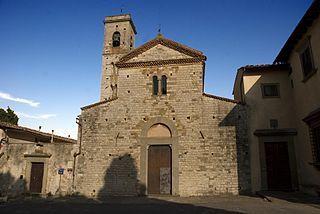
Sant'Alessandro a Giogoli is a Romanesque-style, Roman Catholic parish church located within the town limits of Scandicci in the province of the metropolitan city of Florence, region of Tuscany, Italy.
16. Porta San Frediano
The Porta San Frediano was the westernmost gate in the 13th-century walls of the Oltrarno section of Florence, region of Tuscany, Italy. It is located where Borgo San Frediano becomes Via Pisana. This was the access gate to the road to Pisa.
17. Palazzo Larderel
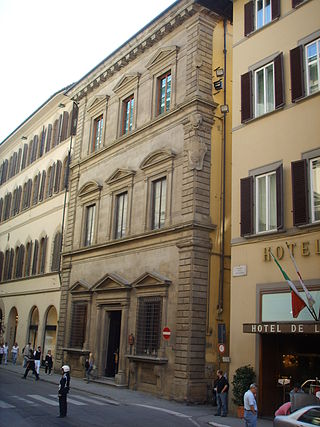
The Palazzo Larderel, once Tebalducci and Giacomini is a Renaissance-style palace, located on Via de' Tornabuoni number 19, corner via de' Giacomini 1, in the city of Florence, region of Tuscany, Italy.
Share
Disclaimer Please be aware of your surroundings and do not enter private property. We are not liable for any damages that occur during the tours.
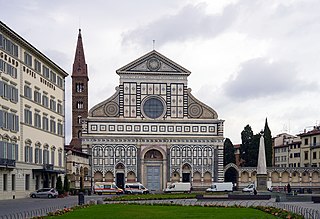
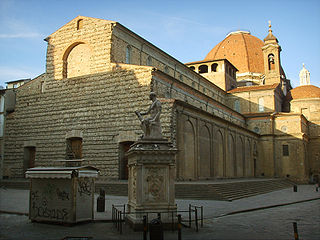
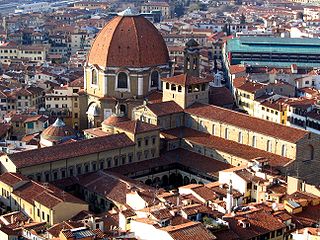
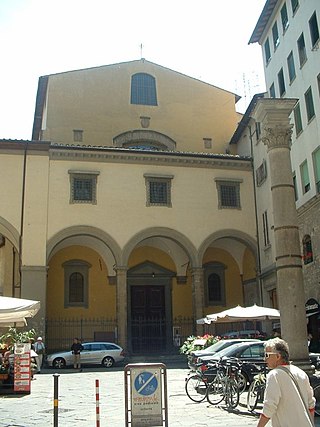
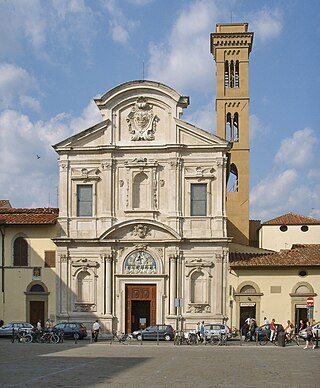
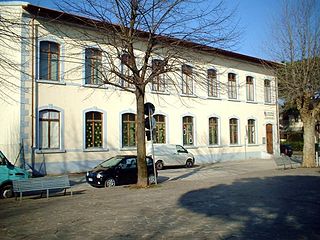
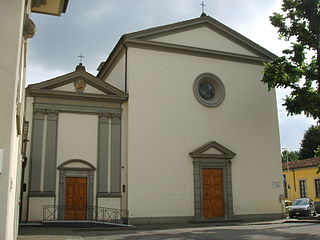
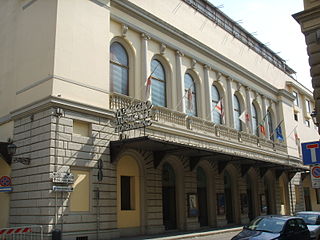
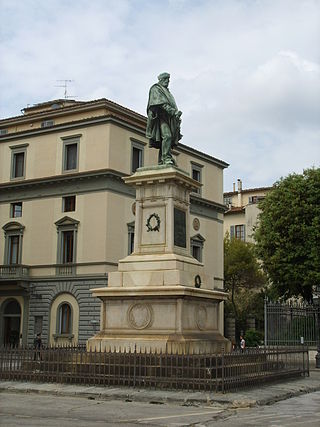
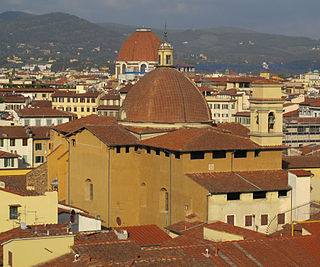
.jpg)
